The Louisiana Purchase: How One Deal Redefined a Nation - Part 1
This is the first installment of a 7-Part Weekly Series on The Louisiana Purchase
By The Bayou Insider Staff
In the spring of 1803, the young United States was barely three decades removed from revolution, still finding its identity and footing on the world stage. With just 16 states and a population clustered along the Eastern Seaboard, the fledgling republic faced both uncertainty and promise. The Mississippi River served as the lifeline of trade for farmers and merchants in the interior, but the port of New Orleans—then under foreign control—posed a critical vulnerability.
President Thomas Jefferson, ever the pragmatist cloaked in idealism, feared that without access to New Orleans and the surrounding territory, the nation’s future would be stunted. What he couldn't have imagined was that a failed revolution in the Caribbean, a war-hungry emperor in Europe, and two savvy American diplomats in Paris would conspire to offer the United States the deal of a lifetime.
That deal—the Louisiana Purchase—not only secured access to vital trade routes but also expanded the nation’s territory by an astonishing 828,000 square miles. For just $15 million, the United States more than doubled in size, acquiring land that would become all or part of 15 future states.
But the impact went far beyond borders.
The Louisiana Purchase redefined the meaning of America itself. It challenged constitutional norms, ignited political debate, and paved the way for centuries of expansion, innovation, and conflict. It was a geopolitical power move, a philosophical pivot, and a daring leap into the unknown—all wrapped into a single transaction.
This article marks the beginning of a special series from The Bayou Insider, exploring not only what the Louisiana Purchase was, but why it mattered—and still matters today.
The Deal and the Details
The Louisiana Purchase wasn’t just a land transaction—it was a geopolitical surprise, a diplomatic gamble, and one of the most transformative decisions in U.S. history.
On April 30, 1803, U.S. envoys Robert Livingston and James Monroe signed an agreement in Paris to purchase the entire Louisiana Territory from France. The two had arrived hoping to negotiate access to New Orleans and the Mississippi River. Instead, they walked away with a landmass so vast it would take decades to explore, settle, and govern.
The United States paid $15 million for the territory—roughly $300 million in today’s dollars. That figure included $11.25 million in direct payment and the cancellation of $3.75 million in French debts owed to American citizens. At just over four cents per acre, it remains one of the greatest real estate bargains in history.
The territory stretched from the Mississippi River in the east to the Rocky Mountains in the west, and from the Gulf of Mexico in the south to the Canadian border in the north. It encompassed a stunning variety of landscapes: river systems, plains, forests, mountains, and untapped natural resources. At the time, few Americans had ever set foot in most of the territory—it was a leap into the unknown, both literally and politically.
But the deal was about far more than land. At its core, it secured control of the Mississippi River, the spine of American trade and transportation. It also delivered New Orleans, the gateway to the Gulf, ending years of anxiety over foreign interference in domestic commerce.
This was not merely a matter of expansion—it was a matter of national survival and future prosperity. Without secure access to the interior of the continent, Jefferson believed the American experiment could be smothered by foreign powers. With the Purchase, the United States not only survived—it began to thrive.
The Power Players Behind the Purchase
The Louisiana Purchase was the result of bold decisions, competing ambitions, and timely diplomacy. It didn’t happen in a vacuum. Behind the scenes, three major figures—each with distinct motives—helped bring the deal to life and reshape the future of the United States.
Thomas Jefferson – The Philosopher-President Turned Pragmatist
President Jefferson was a man of principles. A strict constitutionalist, he believed the federal government’s powers should be narrowly defined and carefully restrained. Yet he also had a sweeping vision for America: a nation of independent, land-owning farmers stretching across a vast continent.
Faced with the opportunity to buy the Louisiana Territory, Jefferson wrestled with constitutional uncertainty. Nowhere did the Constitution grant the federal government the explicit authority to acquire new land. But the benefits—access to trade routes, national security, and economic opportunity—were too great to ignore. Jefferson ultimately justified the purchase as a treaty-making power of the presidency. It was a rare moment where philosophy bowed to practicality—and it paid off.
Napoleon Bonaparte – The Ambitious Emperor with Empty Pockets
Across the Atlantic, French ruler Napoleon Bonaparte had imperial dreams stretching from Europe to the Americas. Just a few years earlier, he had hoped to rebuild a French colonial empire in the Western Hemisphere, using the Louisiana Territory as a base of operations.
But things didn’t go as planned. France’s costly and ultimately unsuccessful efforts to put down the Haitian Revolution shattered those dreams. Facing the prospect of renewed war with Britain and needing money fast, Napoleon pivoted. Rather than cling to a distant and undefended territory, he offered to sell the entire region—turning a liability into financial leverage.
For Napoleon, the Louisiana Purchase was a way to raise cash quickly, abandon a faltering colonial plan, and shift his focus back to dominating Europe.
Robert Livingston & James Monroe – The Reluctant Negotiators Who Seized the Moment
When Jefferson sent Robert Livingston to France, his mission was limited: secure U.S. access to the Mississippi River and purchase the port of New Orleans, if possible. When negotiations stalled, Jefferson dispatched James Monroe to join him and strengthen the effort.
Then came the shock: Napoleon wasn’t just offering New Orleans—he was offering the entire Louisiana Territory.
With little time to consult Washington and uncertain whether they even had the authority to accept such a deal, Livingston and Monroe acted boldly. They signed the agreement on April 30, 1803, trusting that Congress—and the American people—would see the wisdom of the opportunity. Their gamble proved visionary.
“We have lived long, but this is the noblest work of our whole lives,” Livingston reportedly said after sealing the deal.
Why Napoleon Sold It
At first glance, it may seem baffling that Napoleon Bonaparte—one of history’s most ambitious empire-builders—would so willingly part with such a vast and potentially lucrative piece of land. But the truth behind the Louisiana Purchase lies in a combination of military failure, economic necessity, and strategic realignment.
The Haitian Revolution: The Crumbling of a Colonial Dream
Napoleon’s grand plan for a renewed French empire in the Americas hinged on the sugar-rich colony of Saint-Domingue (modern-day Haiti). He intended for the Louisiana Territory to serve as a supply hub, feeding and supporting his Caribbean outposts. But his ambitions were quickly thwarted by an uprising unlike any the world had seen.
The Haitian Revolution, led by formerly enslaved people under Toussaint Louverture, devastated the French army. Disease, particularly yellow fever, decimated Napoleon’s forces, and France ultimately lost control of the colony. Without Haiti, Louisiana no longer held its strategic value—Napoleon’s vision of a western empire had collapsed.
War on the Horizon: France’s Growing Tensions with Britain
By 1803, Napoleon knew that war with Britain was inevitable. He had already begun preparing for large-scale conflict in Europe, and maintaining far-flung, vulnerable colonies across the Atlantic was no longer a viable priority. France couldn’t afford to tie up military and financial resources defending a territory it could neither reach easily nor control.
Selling Louisiana allowed Napoleon to pivot his focus back to Europe, where he hoped to establish dominance through conquest and diplomacy.
Follow the Money: France’s Financial Desperation
France was in dire financial straits. Years of revolution, war, and colonial instability had left the treasury depleted. Napoleon needed a quick infusion of cash to fund his military machine and support the looming war effort.
When American envoys approached with interest in New Orleans, Napoleon saw an opportunity not just to make a sale—but to offload a burden and fund a war. By offering the entire Louisiana Territory for $15 million, he secured immediate financial relief and eliminated a distant vulnerability in the western hemisphere.
In a few short weeks, Napoleon abandoned his colonial ambitions, cashed in on a failing asset, and shifted the balance of power in North America—all without firing a shot.
Jefferson’s Constitutional Dilemma
For Thomas Jefferson, the Louisiana Purchase posed more than a political challenge—it was a crisis of conscience.
A staunch believer in strict constitutional interpretation, Jefferson had long argued that the federal government should only exercise powers explicitly granted by the Constitution. Nowhere in that founding document was the federal government authorized to acquire foreign territory. By his own principles, the deal seemed questionable at best.
Jefferson feared that bypassing constitutional clarity could set a dangerous precedent—one that might lead to unchecked executive power. In private letters, he even considered drafting a constitutional amendment to legitimize the acquisition before finalizing the deal. But time was not on his side.
Napoleon’s offer was both unexpected and urgent. There was no guarantee it would remain on the table, and the strategic value of the territory was undeniable. Jefferson ultimately set aside his ideological reservations in favor of national interest, framing the purchase as an extension of the president’s treaty-making power—a more flexible interpretation of the Constitution than he normally would have accepted.
“The less we say about constitutional difficulties the better,” Jefferson wrote to his confidants. “It is easier to beg forgiveness than to ask permission.”
His decision sparked fierce debate. Federalists, who had typically favored a strong central government, suddenly accused Jefferson of executive overreach. Meanwhile, Jefferson’s supporters justified the move as a necessary and pragmatic act of leadership.
The result was a pivotal moment in American constitutional history. Jefferson’s choice expanded the implied powers of the executive branch and set a precedent that future presidents—from Lincoln to Roosevelt—would cite when confronting moments of national consequence.
In that sense, the Louisiana Purchase was not just a leap westward—it was a leap in how America interpreted its founding laws.
Expanding America’s Reach and Resources
The Louisiana Purchase didn’t just add land to the United States—it reshaped the nation's destiny. Overnight, the country’s footprint more than doubled, stretching its borders from the Mississippi River all the way to the Rocky Mountains. This immense acquisition expanded the physical, economic, and psychological boundaries of the young republic.
Strategic Control of the Mississippi and New Orleans
First and foremost, the Purchase solidified American control of the Mississippi River and the vital port of New Orleans. These waterways were the arteries of commerce for western settlers, farmers, and traders. For years, foreign powers—first Spain, then France—controlled access to these routes, which created economic and political instability.
With the acquisition of Louisiana, the United States removed that vulnerability and secured safe, permanent access to one of the most important trade corridors in North America. Goods could now flow freely from the American heartland to international markets.
The Foundation for Westward Expansion
Beyond immediate trade benefits, the Louisiana Territory opened the door to something far more transformative: westward expansion. The fertile soil of the Mississippi Valley, the plains of what would become Kansas and Nebraska, and the untouched wilderness of the northern Rockies promised opportunity for generations of Americans. The land became the launching pad for what would eventually be called Manifest Destiny—the belief that the U.S. was destined to expand across the continent.
Pioneers, homesteaders, and speculators began to envision new settlements, farms, and communities. The purchase created not only more land to explore—it created more freedom to dream.
Economic Potential and Natural Wealth
Though underdeveloped at the time, the Louisiana Territory was rich in resources. The region would later prove invaluable for agriculture, forestry, minerals, and energy production. From the wheat fields of the Midwest to the oil reserves in the central plains, the land acquired in 1803 became an engine of American economic growth for the next two centuries.
It also laid the groundwork for a new political and demographic reality. As Americans migrated west, power shifted gradually away from the original coastal states and toward the growing interior—changing the dynamics of governance, representation, and national identity.
In short, the Louisiana Purchase gave the United States the room to grow—and the resources to thrive.
The Lewis & Clark Expedition
Once the Louisiana Purchase was complete, the next challenge was understanding exactly what the United States had acquired. Much of the territory was uncharted, mysterious even to the French. President Thomas Jefferson, a curious statesman with a scientific mind, wasted no time in organizing an expedition to explore the new frontier.
A Mission of Discovery
In 1804, Jefferson commissioned his personal secretary, Meriwether Lewis, along with William Clark, a seasoned frontiersman and military officer, to lead what would become one of the most famous expeditions in American history. Their Corps of Discovery set out from St. Louis, traveling up the Missouri River with nearly four dozen men.
Their mission was multifaceted:
Map the territory and chart a path to the Pacific Ocean
Study the region’s plants, animals, and geology
Establish trade and diplomatic relations with Native American tribes
Assert American sovereignty in a region that was still largely occupied and influenced by European powers and indigenous nations
Sacagawea and Cultural Interactions
One of the most pivotal moments in the expedition came when the Corps encountered Sacagawea, a Shoshone woman who joined the team along with her French-Canadian husband. Her presence as a translator, guide, and symbol of peace helped the group navigate not just physical terrain, but cultural boundaries as well.
The expedition spent the winter of 1804–1805 at Fort Mandan in present-day North Dakota and eventually reached the Pacific Ocean by late 1805. Along the way, they crossed treacherous mountains, vast plains, and powerful rivers—recording over 300 new species of plants and animals and producing some of the first detailed maps of the American West.
A New Vision of the American West
When the expedition returned in 1806, they brought with them not only valuable scientific and geographic information, but a powerful narrative: the West was no longer an unknown wilderness. It was a land of opportunity, resources, and promise.
The Lewis and Clark Expedition transformed the Louisiana Purchase from a vague expanse on a map into a tangible and imaginable reality. Their journey stirred the national imagination and inspired generations of Americans to head west in search of land, freedom, and new beginnings.
It was the first major step in fulfilling the vast potential of Jefferson’s historic purchase—and it helped define what it meant to be American in a growing republic.
A Legacy That Endures
The Louisiana Purchase was more than a land acquisition—it was a defining moment in the story of the United States. It challenged political norms, reshaped the Constitution’s interpretation, and opened the gates to a new era of exploration, settlement, and ambition. In one stroke, the nation went from a coastal republic to a continental power.
For Jefferson, it was a calculated risk that paid off beyond imagination. For Napoleon, it was a strategic retreat that funded his European ambitions. For generations of Americans, it was the beginning of something bigger—a promise of expansion, prosperity, and national identity.
The legacy of the Louisiana Purchase can be seen across the American landscape. It echoes in the farmland of Iowa, the energy fields of North Dakota, the trading routes of the Mississippi River, and the cultural crossroads of New Orleans. It laid the groundwork for Manifest Destiny, westward migration, and the vast infrastructure that would bind a sprawling republic together.
It also helped shift the American mindset—from one of survival to one of destiny. The idea that America was meant to grow, to stretch toward the horizon, to tame the frontier, and to build a unique society rooted in freedom and opportunity, took root here.
But it wasn’t without complexity. The purchase brought new challenges—governing distant lands, defining citizenship, and navigating foreign and indigenous relations. Those questions would unfold over the decades that followed, shaping laws, politics, and national identity in ways that continue today.
More than two centuries later, the Louisiana Purchase remains one of the greatest bargains in history—but its value can’t be measured in dollars or acres alone. Its true worth lies in the boldness it inspired, the vision it empowered, and the nation it helped to build.
📚 Sources & Further Reading
History.com – Louisiana Purchase
A concise overview of the purchase, its background, and impact.
🔗 https://www.history.com/topics/westward-expansion/louisiana-purchaseEncyclopedia Britannica – Louisiana Purchase
A detailed historical entry covering the negotiation, outcomes, and figures involved.
🔗 https://www.britannica.com/event/Louisiana-PurchaseSmithsonian Magazine – How the Louisiana Purchase Changed the World
A deeper look at the global and long-term consequences of the purchase.
🔗 https://www.smithsonianmag.com/history/how-the-louisiana-purchase-changed-the-world-79715124/Monticello.org – Thomas Jefferson and the Louisiana Purchase
Jefferson’s own writings and reflections on the deal, including constitutional concerns.
🔗 https://www.monticello.org/thomas-jefferson/louisiana-lewis-clark/the-louisiana-purchase/Library of Congress – Louisiana Purchase and the Lewis and Clark Expedition
Classroom-ready materials and primary source documents on the expedition and its goals.
🔗 https://www.loc.gov/classroom-materials/louisiana-purchase-and-lewis-and-clark-expedition/National Archives – Louisiana Purchase Treaty (1803)
Original treaty text and background from the U.S. National Archives.
🔗 https://www.archives.gov/milestone-documents/louisiana-purchase-treatyTeaching American History – Effects of the Louisiana Purchase
A perspective on the long-term domestic effects and debates sparked by the purchase.
🔗 https://teachingamericanhistory.org/blog/effects-of-the-louisiana-purchasemarch-26-1804/
Coming Next in This Series from The Bayou Insider:
Mapping a Nation: Surveying the New American Frontier
Diplomatic Ripples: How the Purchase Shook Europe and Spain
An Empire of Liberty: Jefferson’s Vision for America
The Price of Expansion: Financing the Louisiana Purchase
America’s Inheritance: The Natural Wealth of the Territory
Controversy and Consensus: How the Nation Reacted
Subscribe now to follow the full series as we explore the far-reaching impact of one of America’s most important land deals.
💬 Enjoyed This Story? Stay Connected.
If you enjoyed this deep dive into the Louisiana Purchase, we invite you to subscribe to The Bayou Insider for more stories that explore Louisiana’s rich history, culture, politics, and people. This article is the first in a special series on the lasting impact of the Louisiana Purchase—so don’t miss what’s coming next.
🔔 Subscribe now to get future installments delivered straight to your inbox.
🔁 Share this post with friends, students, history lovers, or anyone who enjoys learning about the bold decisions that shaped our nation.
💬 Join the conversation in the comments—we’d love to hear your thoughts, questions, or reflections.
At The Bayou Insider, we believe Louisiana’s story is America’s story. Let’s explore it together.




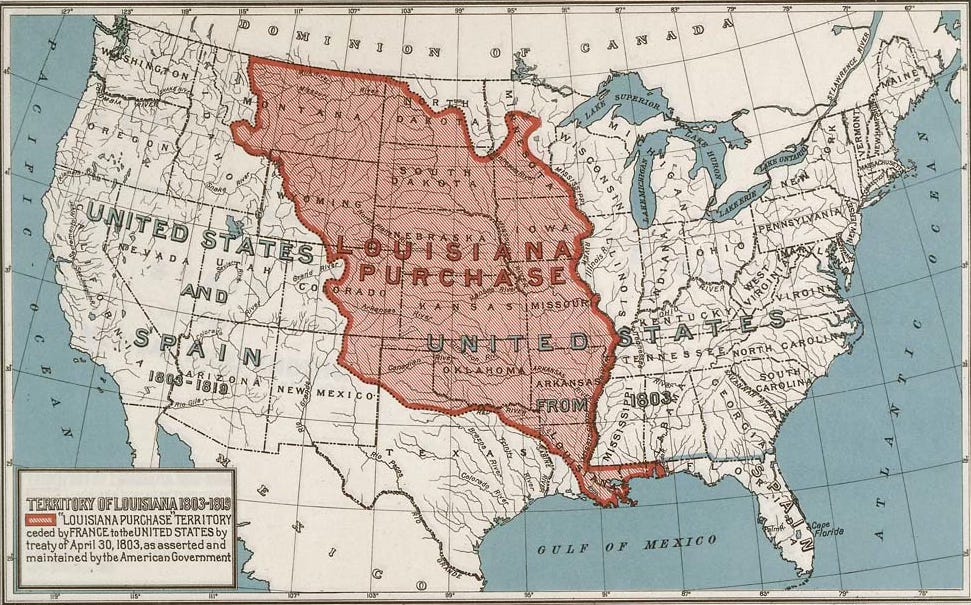
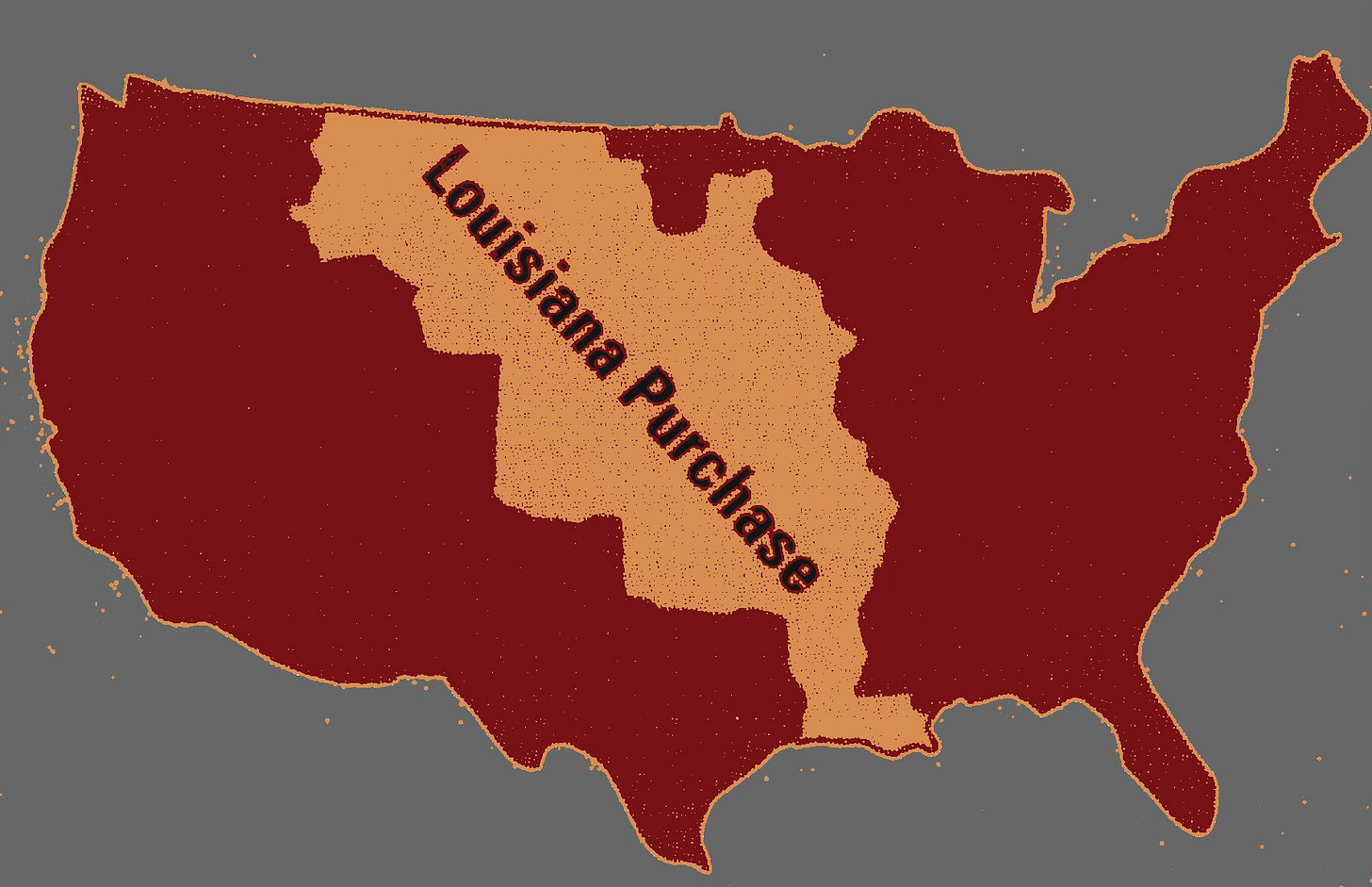
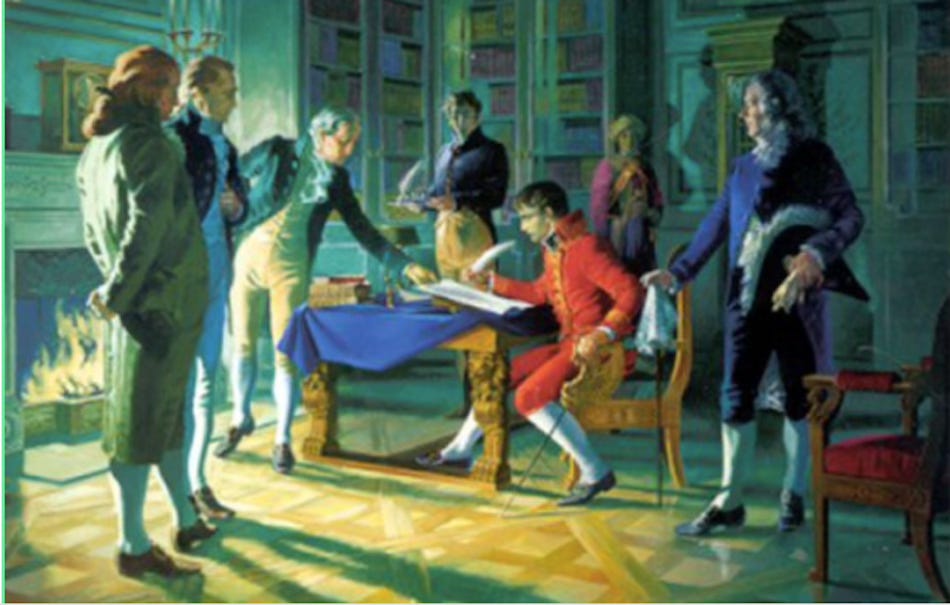
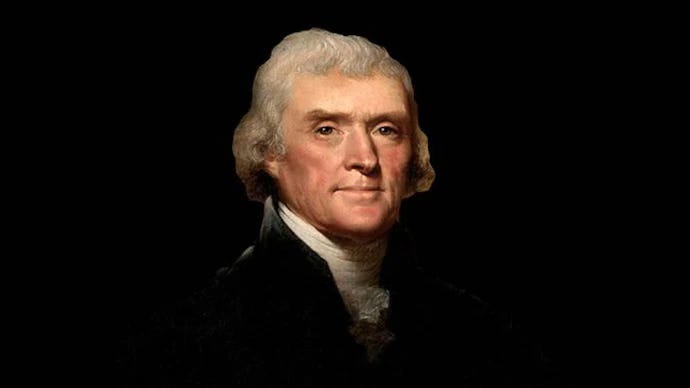

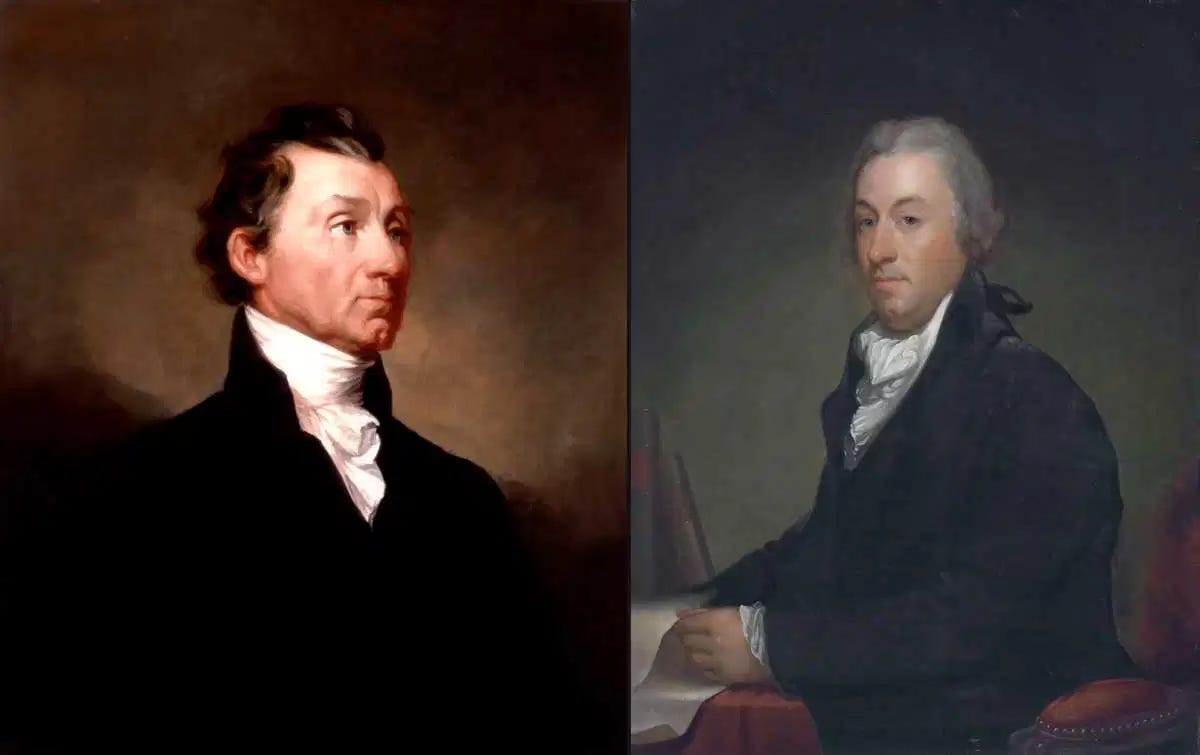

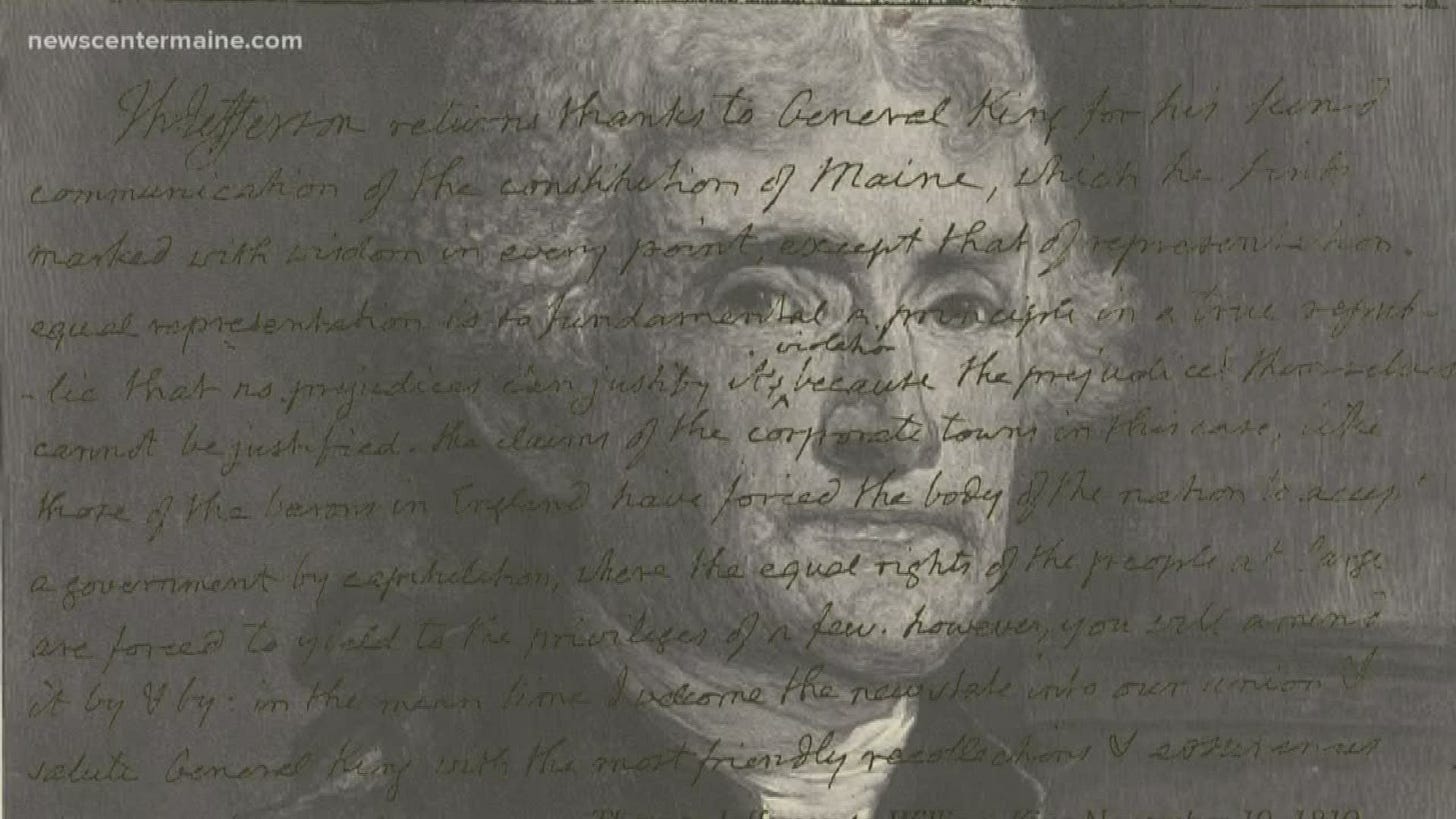

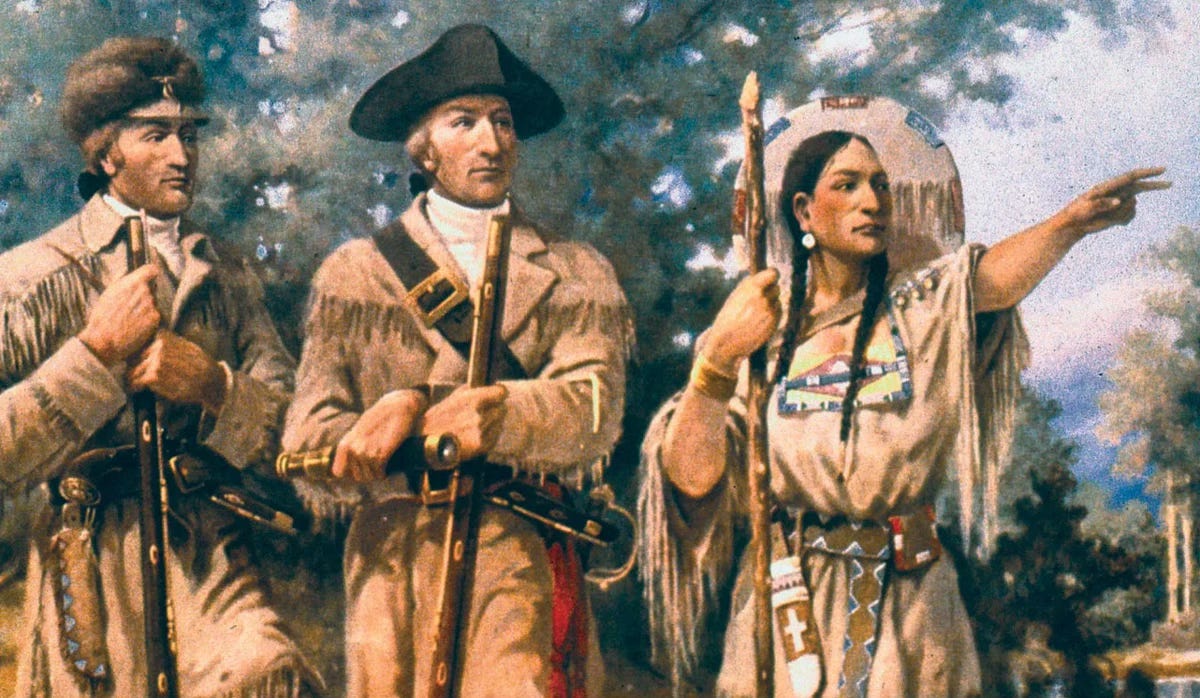
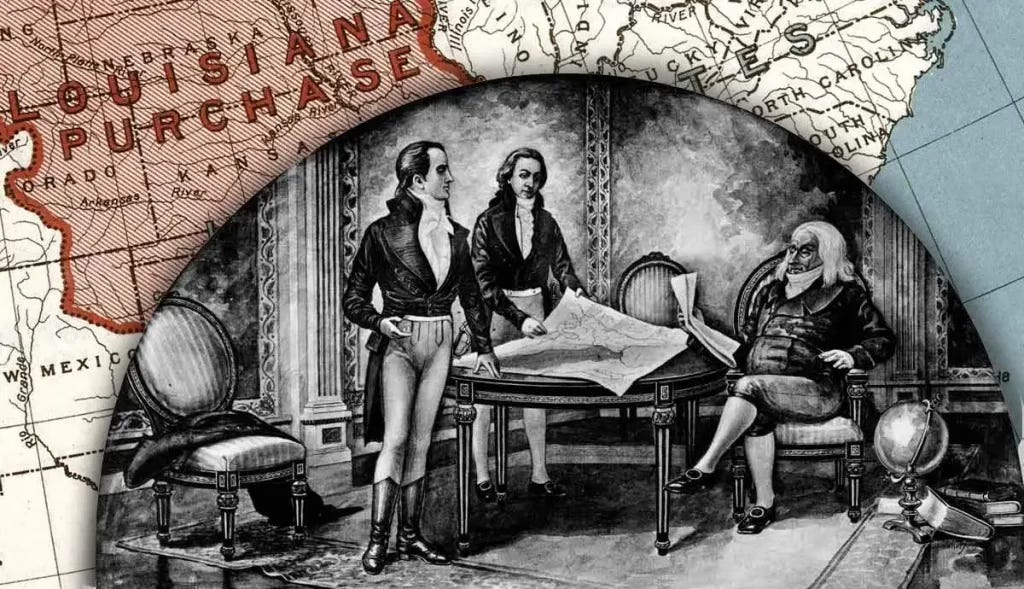
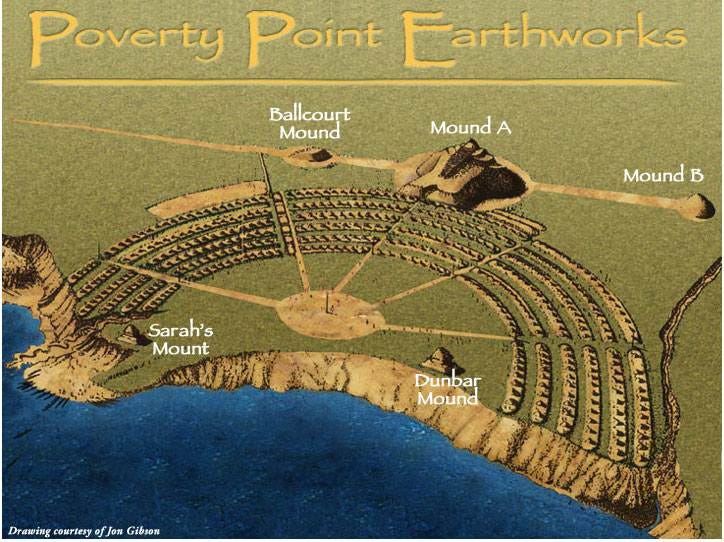
Great start to the series. I look forward to reading the rest.
As an idea for your next series, I was always curious what life was like under Spanish and French control and how that affects us today.